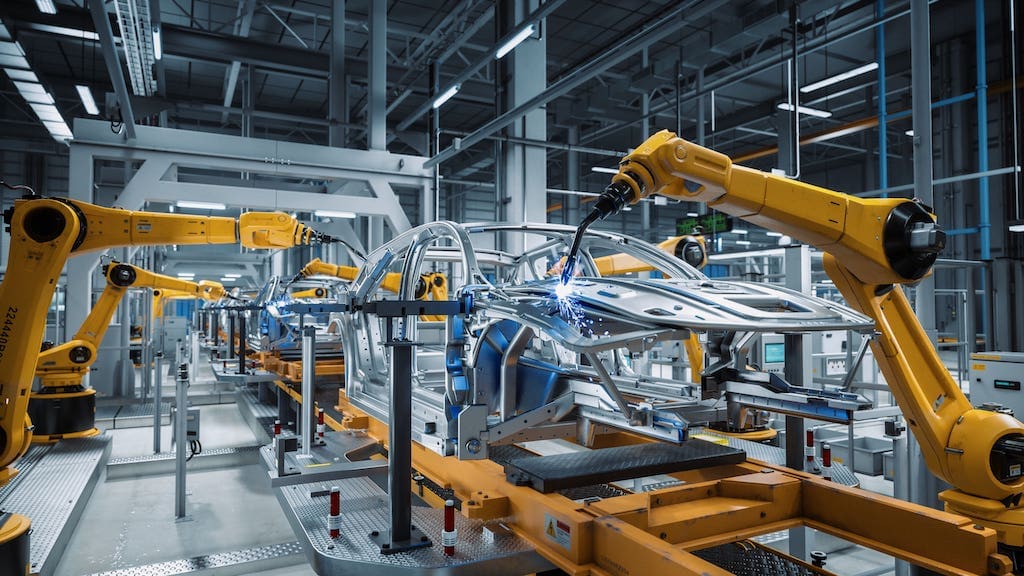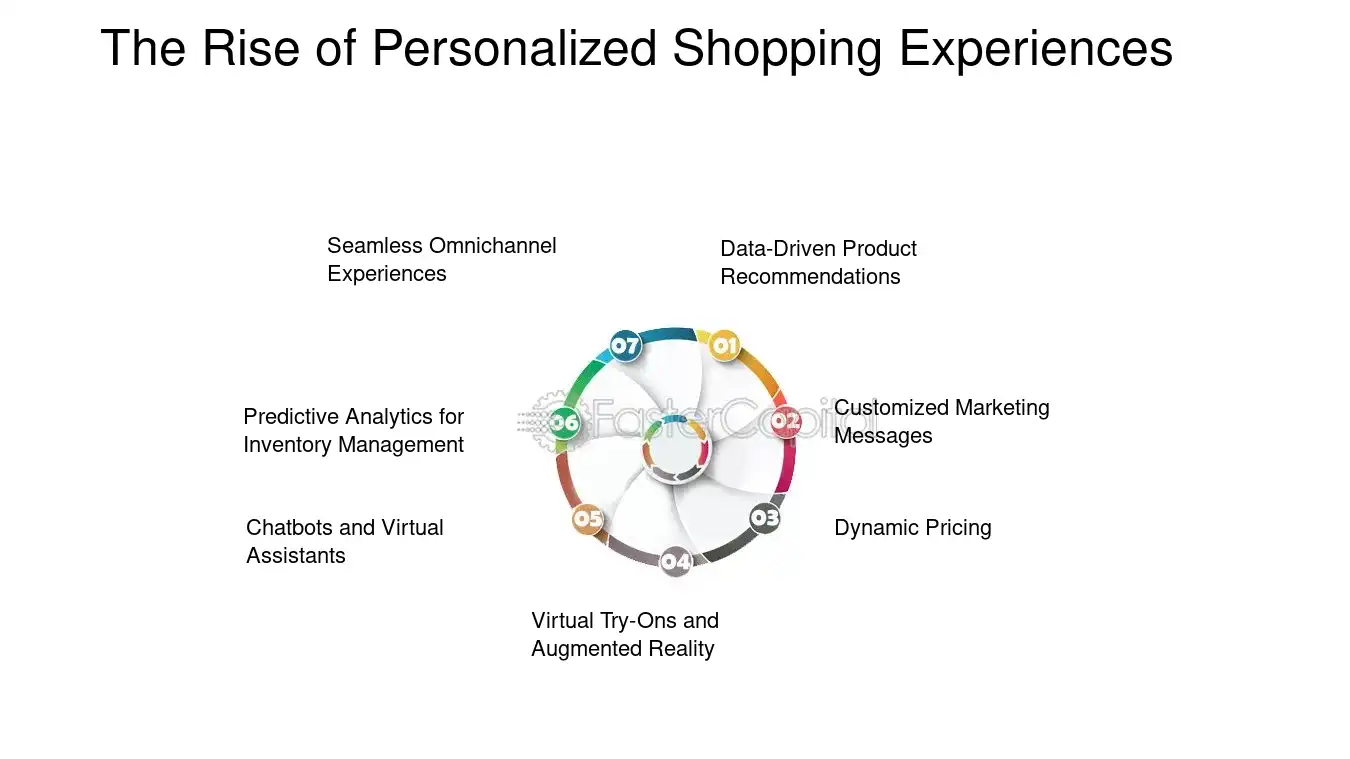Robotics and Automation: How Robots Are Transforming Industries
In the past few decades, the rapid evolution of robotics and automation has reshaped industries across the globe. These advanced technologies are not only improving operational efficiency but also opening up new possibilities for growth, innovation, and safety. From manufacturing to healthcare, agriculture to logistics, robots are proving to be invaluable assets, offering cost-effective solutions and enhanced productivity.
The Rise of Robotics and Automation
Robotics refers to the design, construction, and operation of robots—machines that can carry out tasks autonomously or with minimal human intervention. When combined with automation, which focuses on using control systems and technologies to operate equipment, machines, and processes, the result is a synergy that greatly enhances the capabilities of industries. Automation has been present in manufacturing for decades, but the modern robotics movement has brought smarter, more adaptable machines into the fold, transforming how industries function on a global scale.
Revolutionizing Manufacturing and Production
One of the industries where robotics has made the most significant impact is manufacturing. Robots are now central to assembly lines, performing repetitive tasks like welding, painting, and packaging with remarkable precision and speed. This has led to reductions in labor costs, improved quality control, and faster production times. Automation allows manufacturers to produce high volumes of goods more efficiently while minimizing human error. Furthermore, robots equipped with AI and machine learning capabilities can adapt to different tasks, offering greater flexibility in production lines.
Healthcare: Precision, Safety, and Efficiency
Robotics and automation are also transforming healthcare by improving the precision of medical procedures, enhancing patient safety, and increasing operational efficiency in hospitals and clinics. Surgical robots, such as those used in minimally invasive surgeries, allow for more precise incisions, quicker recovery times, and reduced risk of complications. Automation in hospitals, such as robotic pharmacy systems and automated patient monitoring, improves the speed and accuracy of drug delivery and patient care, while reducing the workload on healthcare professionals.
The Role of Robotics in Manufacturing
The manufacturing industry has been at the forefront of embracing robotics and automation. Robots are being used in assembly lines, performing repetitive tasks with speed and precision. This not only improves productivity but also enhances product quality and consistency. Additionally, robots can handle hazardous or challenging tasks, ensuring the safety of human workers. With advancements in collaborative robots or cobots, humans and robots can now work side by side, further streamlining production processes.
Automation in Logistics and Warehousing
In the logistics and warehousing sector, robots are revolutionizing the way goods are stored, retrieved, and transported. Automated guided vehicles (AGVs) navigate warehouses, moving products efficiently and accurately. Drones are also being utilized for inventory management and last-mile delivery, providing faster and more cost-effective solutions. With robotics, companies can optimize their supply chain, reduce errors, and meet the ever-increasing demands of e-commerce.
Robotics in Healthcare
The healthcare industry is experiencing a significant transformation with the integration of robotics and automation. Surgical robots assist surgeons in performing complex procedures with enhanced precision, minimizing invasiveness and reducing recovery time for patients. Robots are also being deployed in patient care, assisting with tasks such as medication administration and patient monitoring. Moreover, robotic exoskeletons are enabling mobility for individuals with disabilities, enhancing their quality of life.
Agriculture and Robotics
The agricultural sector is embracing robotics to address challenges such as labor shortages, increasing productivity, and sustainable practices. Autonomous drones equipped with imaging technologies monitor crops, enabling early detection of diseases, pests, or nutrient deficiencies. Robots are being developed for harvesting fruits and vegetables, reducing reliance on manual labor. Precision agriculture techniques, guided by robotic systems, optimize resource utilization, leading to higher yields and reduced environmental impact.
The Impact on the Workforce
While robotics and automation offer numerous benefits, there are concerns about their impact on the workforce. Some fear that increased automation could lead to job displacement. However, history has shown that advancements in technology create new job opportunities. Automation often replaces repetitive and mundane tasks, allowing human workers to focus on more complex and value-added activities. It is crucial for industries to invest in reskilling and upskilling programs to ensure a smooth transition and harness the full potential of human-robot collaboration.
The rise of robotics and automation is transforming industries across the globe. From manufacturing to healthcare, logistics to agriculture, robots are enhancing productivity, efficiency, and safety. As technology continues to advance, the potential for robotics in industries is boundless. It is important for companies to embrace these advancements and adapt to the changing landscape. By leveraging the power of automation, industries can unlock new opportunities, increase competitiveness, and shape the future of work.
Agriculture: Enhancing Food Production
The agriculture sector has seen a wave of innovation through robotics and automation, especially with the increasing demand for food and the growing concerns about labor shortages. Robots are used for planting, harvesting, sorting, and even monitoring crop health. These systems can operate 24/7, providing precision in planting and harvesting that increases yields while reducing waste. Drones equipped with sensors and cameras are also being used to monitor crop conditions, identify pest infestations, and optimize irrigation, ensuring a more sustainable and efficient approach to farming.
Logistics and Supply Chain Optimization
In logistics, robotics and automation are streamlining operations by enhancing inventory management, reducing delivery times, and improving order fulfillment. Automated guided vehicles (AGVs) and robotic arms are now commonly used in warehouses for sorting, picking, and packing goods. This has reduced human error and boosted throughput, allowing businesses to meet increasing demand without additional strain on human workers. Automation is also transforming supply chain management by improving tracking, optimizing routes, and predicting disruptions before they occur, ensuring a more responsive and resilient system.
The Future of Robotics in Industries
The future of robotics and automation is incredibly promising. As AI and machine learning continue to evolve, robots will become more capable of performing complex tasks, such as decision-making, problem-solving, and even customer service. Industries will continue to leverage these technologies to stay competitive, improve safety, and create new products and services. However, as robots take on more roles, there will be a growing need for reskilling and upskilling workers to adapt to new technologies and ensure that human workers can work alongside robots efficiently.
Conclusion
Robotics and automation are driving a transformative shift across various industries, enabling companies to increase efficiency, cut costs, and improve both the quality of their products and services. As technology continues to advance, the potential for robots to reshape industries will only expand. While the adoption of robotics may seem daunting for some, the long-term benefits far outweigh the challenges. The future is increasingly automated, and businesses that embrace these changes are well-positioned to thrive in the rapidly evolving global market.




If you’re diving into AI for workflow optimization, tyy.AI Tools is a goldmine-especially their AI Tax Assistant for automating those tricky IRS tasks. Smart curation saves endless search time.
0k10dq